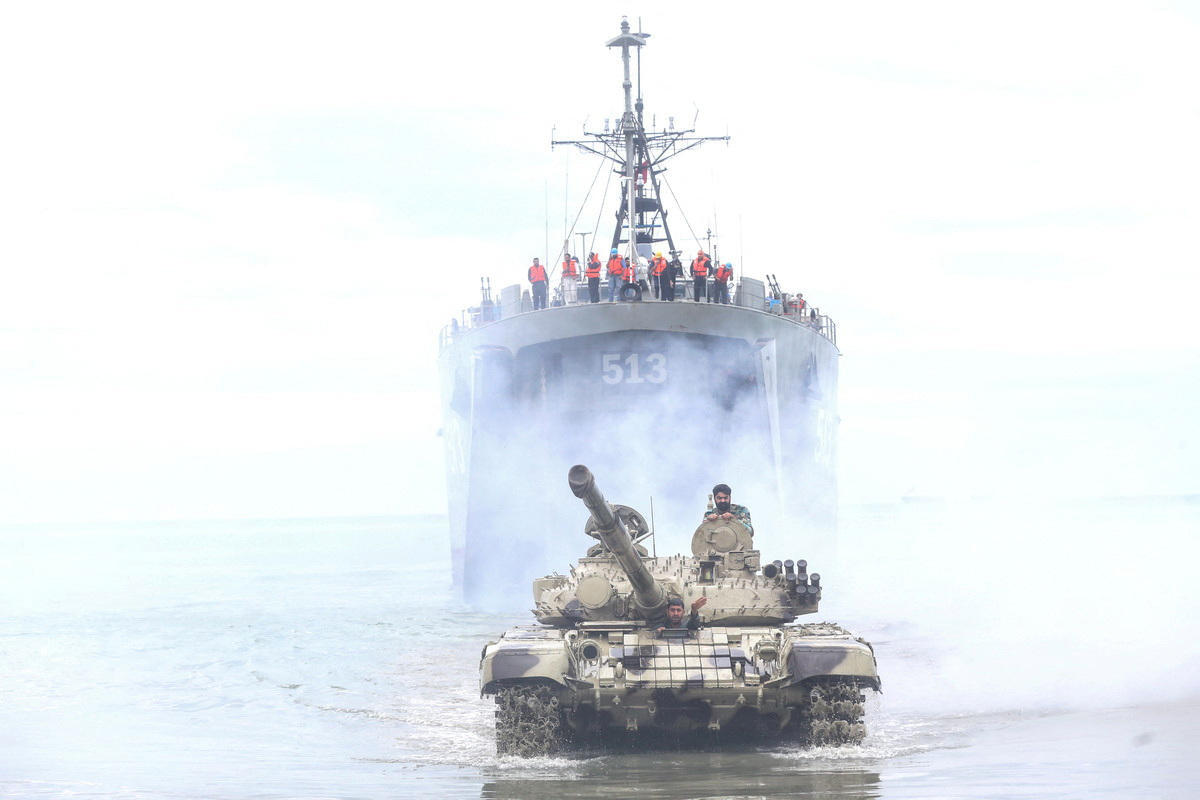Iran pushes Hormuz blockade legislation, raising global energy alarm

Iran's decision to push legislation in parliament for the closure of the Strait of Hormuz—one of the world’s most strategic maritime corridors—marks a dangerous escalation in the widening conflict with Israel. While the final decision lies with the country’s Supreme National Security Council, the political signal is unmistakable: Tehran is willing to use the nuclear option of energy warfare.
This development came shortly after the United States reportedly carried out precision airstrikes on three Iranian nuclear sites. Though unconfirmed by Iranian state media, multiple sources suggest infrastructure at those sites was severely damaged. As Israeli strikes on critical infrastructure mount and Iran’s retaliation options narrow, the closure of Hormuz is no longer a theoretical threat—it’s a credible geopolitical risk.
The Strait of Hormuz, a narrow 33-kilometer passage between Iran and Oman, is the most vital oil transit chokepoint on the planet. According to U.S. Energy Information Administration (EIA) data, it handled an average of 20 million barrels of oil per day in 2024—equivalent to 20% of total global oil consumption. A further 20% of global liquefied natural gas (LNG) exports, primarily from Qatar, also pass through the strait.
Over 80% of this oil and gas goes to Asia, with China, India, Japan, and South Korea being the top importers. Any disruption here would create chaos not only in regional energy flows, but in the entire global supply chain.
Saudi Arabia and the UAE maintain alternative pipelines to partially circumvent Hormuz, but these can only displace a small fraction of the traffic. Iran’s own Goreh–Jask pipeline is woefully underutilized, with exports virtually halting in late 2024. Simply put, there is no realistic workaround for a full blockade.
Blocking Hormuz, even for a few days, would ignite an energy shock with global consequences. Oil prices could surge past $120 per barrel, according to Dutch ING analysts. LNG markets would face immediate shortfalls, particularly in Asia. Insurance rates for vessels would spike, cargo rerouting costs would explode, and inflation would ripple through every commodity-dependent sector—agriculture, manufacturing, shipping, and more.
Strategic petroleum reserves may soften the blow temporarily, but they are a Band-Aid, not a solution. Central banks, already struggling with inflationary pressures, would be forced into difficult monetary decisions.
Beyond market volatility, the shock would disproportionately hit emerging economies reliant on energy imports. Countries like India and Pakistan, already walking economic tightropes, would feel immediate pain. Meanwhile, Europe, still recovering from the fallout of Russian supply cuts, would face renewed energy insecurity.
Despite its defiant posture, Iran risks substantial self-harm by closing the strait. The country exports approximately 2.6 million barrels of oil and petroleum products daily. Much of this revenue underpins the regime’s foreign reserves and its ability to fund military activities. A blockade would slash these earnings and escalate Iran’s fiscal crisis.
Moreover, the shutdown of South Pars—the world’s largest gas field—due to recent Israeli strikes has already choked a major source of Iranian gas and condensate. This further weakens Tehran’s bargaining power and raises the stakes.
Iran may hope that threatening Hormuz forces the U.S. and its allies to scale back pressure. But the move could easily backfire, inviting a military response or accelerated sanctions—especially if the international community perceives the strait’s closure as economic blackmail.
Now let us check out possible outcomes:
-
Regime concession and Western access
If Iran capitulates under military and economic pressure, allowing Western companies to access its massive oil and gas reserves, sanctions could be lifted. In such a case, global supply would spike, and prices could plummet. Iran holds the world’s fourth-largest oil and second-largest gas reserves—untapped potential that could reshape global markets. -
Prolonged conflict and deepening instability
Should hostilities persist without political resolution, global energy markets will remain in crisis mode. Prices would continue climbing, driven by risk premiums, shipping disruptions, and uncertainty over supply continuity. -
Stalemate with status quo
If the war de-escalates but no regime change occurs, Iran would remain isolated, with sanctions in place. In this case, prices would oscillate—volatile, but not skyrocketing—echoing the trend of recent months. The world would brace for the next flashpoint.
The closure of the Strait of Hormuz would be a self-inflicted wound for Iran—but also a blow the global economy cannot easily absorb. The situation exposes how fragile the current energy architecture remains. Dependence on chokepoints like Hormuz creates enormous leverage for aggressive actors, and the ripple effects are impossible to contain within any single region.
To grasp the extent of this issue, consider that if oil production or free movement were to stop, the private sector in many countries in the region could only sustain operations for about seven days. In contrast, NATO, representing armed forces, indicates that they could manage for a month. Currently, Iran’s best strategy to position itself advantageously would be to gain full control over the Strait. However, this situation is critical due to the presence of the U.S. Fifth Fleet in the strait.
What happens next depends not only on military strategy, but on Iran’s calculus of risk and resilience. The country may try to leverage its position for short-term political gains—but the long-term costs could be severe. Meanwhile, world powers, energy giants, and consumers are left watching a narrow strip of water that could determine the fate of the global economy.
Here we are to serve you with news right now. It does not cost much, but worth your attention.
Choose to support open, independent, quality journalism and subscribe on a monthly basis.
By subscribing to our online newspaper, you can have full digital access to all news, analysis, and much more.
You can also follow AzerNEWS on Twitter @AzerNewsAz or Facebook @AzerNewsNewspaper
Thank you!

